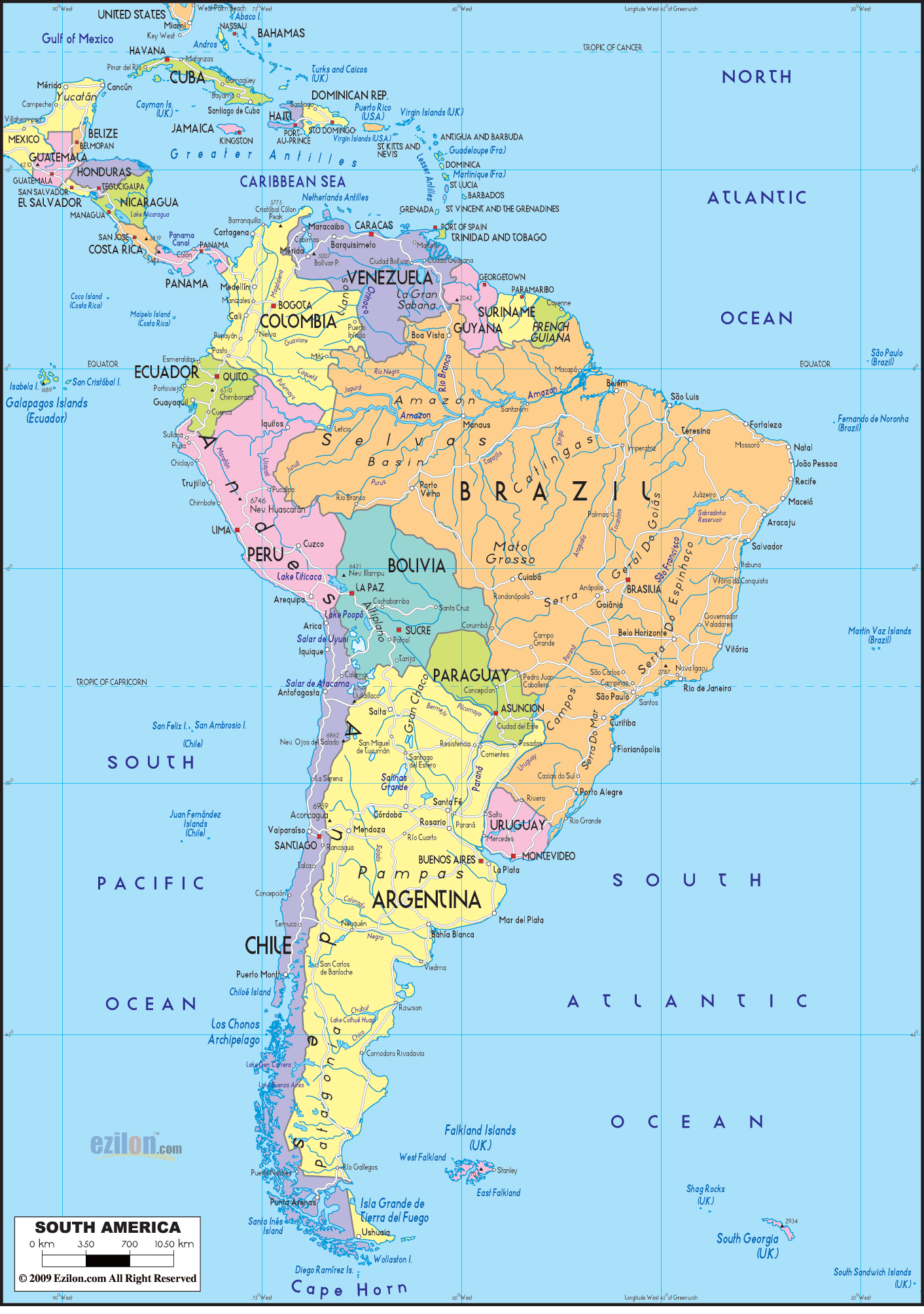The idiopathic inflammatory demyelinating disease (IIDD) spectrum has been investigated among different populations, and the results have indicated a low relative frequency of neuromyelitis optica (NMO) among multiple sclerosis (MS) cases in whites (1.2%-1.5%), increasing in Mestizos (Latin Americans 8%) and Africans (15.4%-27.5%) living in areas of low MS prevalence.
South America (SA) was colonized by Europeans from the Iberian Peninsula, and their miscegenation (interbreeding) with natives and Africans slaves resulted in significant racial mixing. The current study analyzed the IIDD spectrum in SA after accounting for the ethnic heterogeneity of its population.
Only individuals followed in 2011 with a confirmed diagnosis of IIDD using new diagnostic criteria were considered eligible. Patients' demographic, clinical and laboratory data were collected. In all, 1,917 individuals from 22 MS centres were included (73.7% female, 63.0% white, 28.0% African, 7.0% Mestizo, and 0.2% Asian). The main disease categories and their associated frequencies were MS (76.9%), NMO (11.8%), other NMO syndromes (6.5%), CIS (3.5%), ADEM (1.0%), and acute encephalopathy (0.4%). Females predominated in all main categories. The white ethnicity also predominated, except in NMO. Except in ADEM, the disease onset occurred between 20 and 39 years old, early onset in 8.2% of all cases, and late onset occurred in 8.9%. The long-term morbidity after a mean disease time of 9.28±7.7 years was characterized by mild disability in all categories except in NMO, which was scored as moderate.
Disease time among those with MS was positively correlated with the expanded disability status scale (EDSS) score (r=0.374; p=<0.001). This correlation was not observed in people with NMO or those with other NMO spectrum disorders (NMOSDs). Among patients with NMO, 83.2% showed a relapsing-remitting course, and 16.8% showed a monophasic course. The NMO-IgG antibody tested using indirect immunofluorescence (IIF) with a composite substrate of mouse tissues in 200 NMOSD cases was positive in people with NMO (95/162; 58.6%), longitudinally extensive transverse myelitis (10/30; 33.3%) and bilateral or recurrent optic neuritis (8/8; 100%). No association of NMO-IgG antibody positivity was found with gender, age at onset, ethnicity, early or late onset forms, disease course, or long-term severe disability. The relative frequency of NMO among relapsing-remitting MS (RRMS) + NMO cases in SA was 14.0%. Despite the high degree of miscegenation found in SA, MS affects three quarters of all patients with IIDD, mainly white young women who share similar clinical characteristics to those in Western populations in the northern hemisphere, with the exception of ethnicity; approximately one-third of all cases occur among non-white individuals. At the last assessment, the majority of RRMS patients showed mild disability, and the risk for secondary progression was significantly superior among those of African ethnicity. NMO comprises 11.8% of all IIDD cases in SA, affecting mostly young African-Brazilian women, evolving with a recurrent course and causing moderate or severe disability in both ethnic groups. The South-North gradient with increasing NMO and non-white individuals from Argentina, Paraguay, Brazil and Venezuela confirmed previous studies showing a higher frequency of NMO among non-white populations.
For those interested in the distribution of MS in South America
